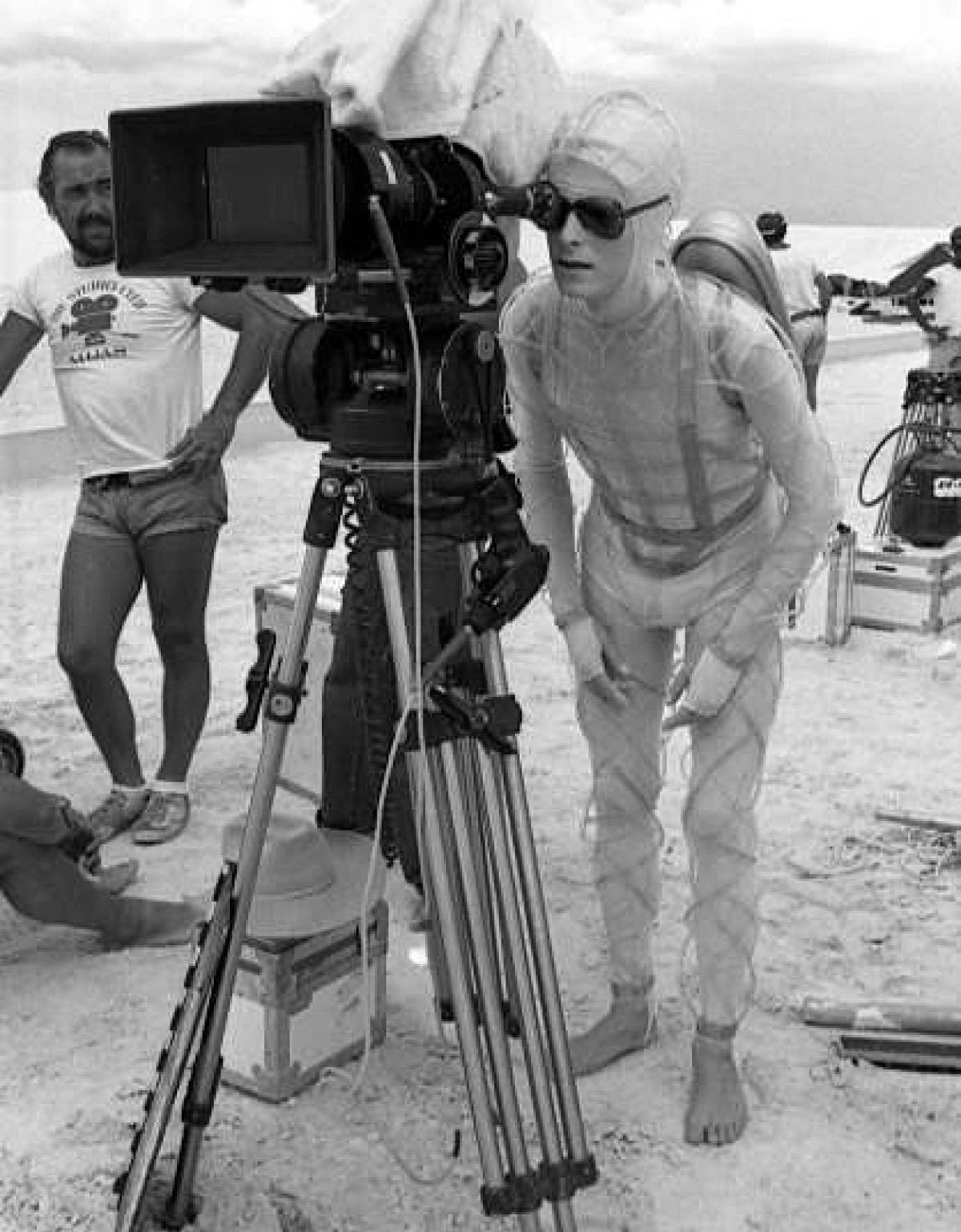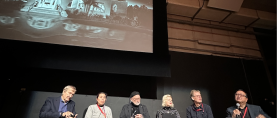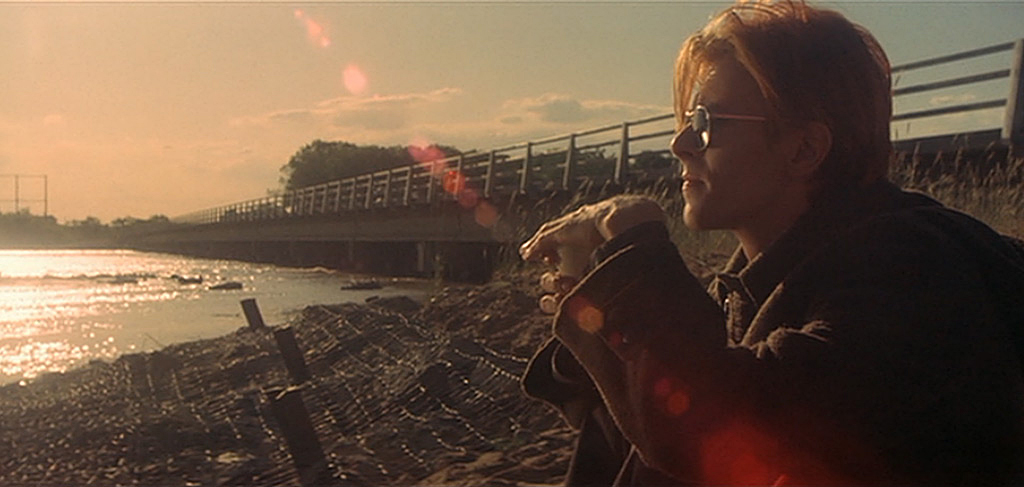
Tony Richmond, ASC, BSC to Speak at American Cinematheque Screening
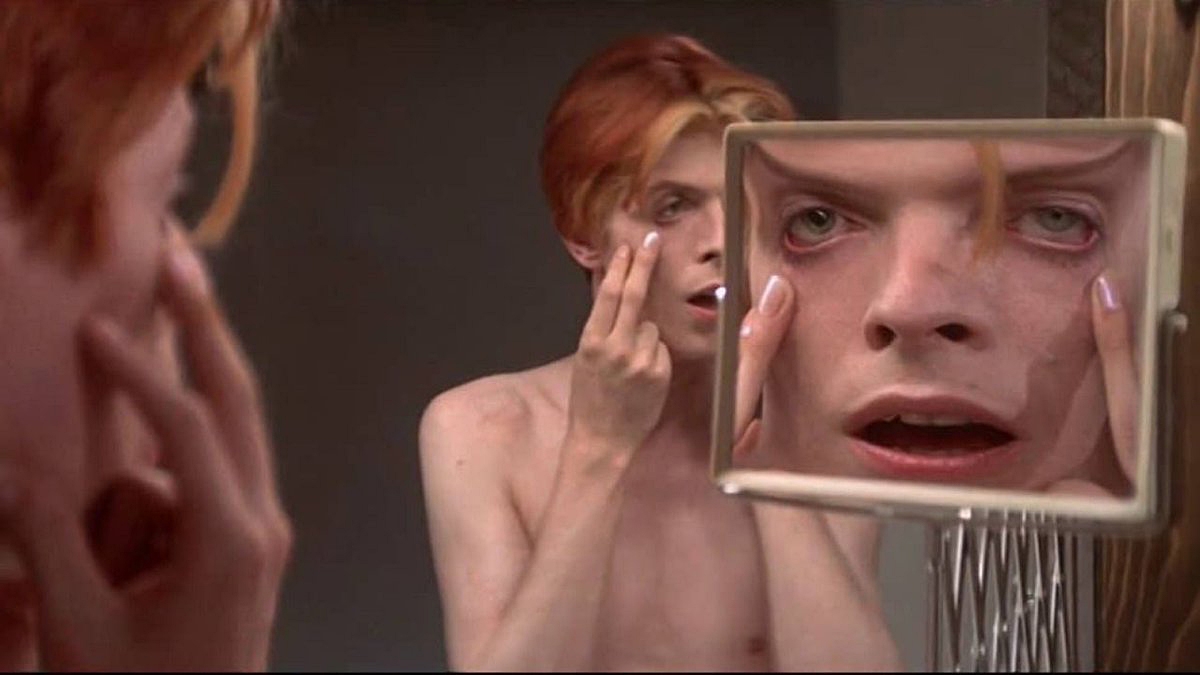
On February 10-12, Anthony B. “Tony” Richmond, ASC, BSC will take part in special screenings of several of his most influential works at the American Cinematheque’s Aero Theater in Santa Monica, Calif., including Don’t Look Now (1973) and The Man Who Fell To Earth (1976), both directed by friend and longtime collaborator Nicholas Roeg.
The program, entitled “Do Look Now: The Cinematography Of Tony Richmond,” compiled by Grant Moninger, also includes Roeg’s Walkabout (1971) and the influential cult horror favorite Candyman (1992).
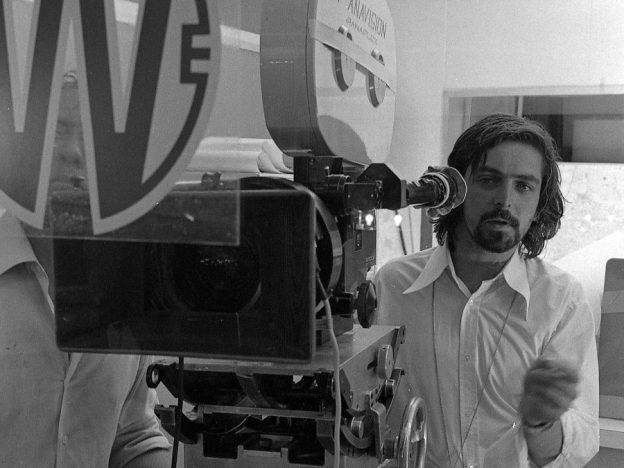
Born in London in 1942, Richmond began his film career in his teens as a messenger for Associate British Cinemas; a later job with Pathé News put him in the camera department. He then worked his way up the ranks as a clapper loader, focus puller and assistant cameraman for such great British cinematographers as Ted Moore, John Wilcox, Jack Hildyard, Gilbert Taylor, Freddie Young and Nicolas Roeg, which brought him into contact with such directors as David Lean, Richard Lester, Jean-Luc Godard and Francois Truffaut.
On location in Israel in 1964, Richmond first met Roeg while working on the Sophia Loren drama Judith, shot by Wilcox, for which the latter was doing some additional photography. Their first direct collaborations included Truffaut’s cerebral sci-fi adaptation Fahrenheit 451 and Lester’s A Funny Thing Happened On the Way to the Forum, respectively as director of photography and clapper/loader. They worked together again Far From the Maddening Crowd, with Richmond working as the 1st AC.
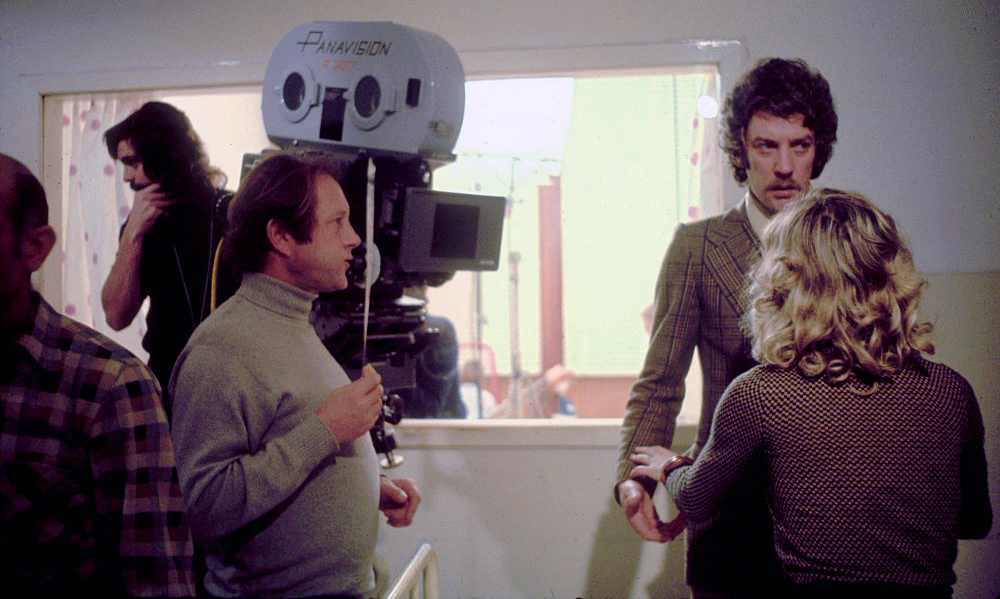
After co-directing and photographing the groundbreaking Performance (1970), Roeg focused on directing. And, though credited for special photography on the filmmaker’s solo directorial debut Walkabout, Richmond really made his mark with the director’s unsettling horror yarn Don’t Look Now, for which he earned a BAFTA Award for Best Cinematography.
Shot in Venice, Don’t Look Now employed minimal lighting, a muted color palette and hand-held camerawork to create a sinister atmosphere all the more remarkable for the limitations of the modestly budgeted film. “Venice is a sinister, foreboding place but also very beautiful — it’s beautifully scary!” recalled the cinematographer. “The city was also quite empty because we shot the film in winter — a lot of people close up at that time of the year in Venice and go off to Milan or Rome for the sun. And, apart from a couple of shots on the Grand Canal in the opening, the great majority of the film was shot in places the tourists don’t go.”
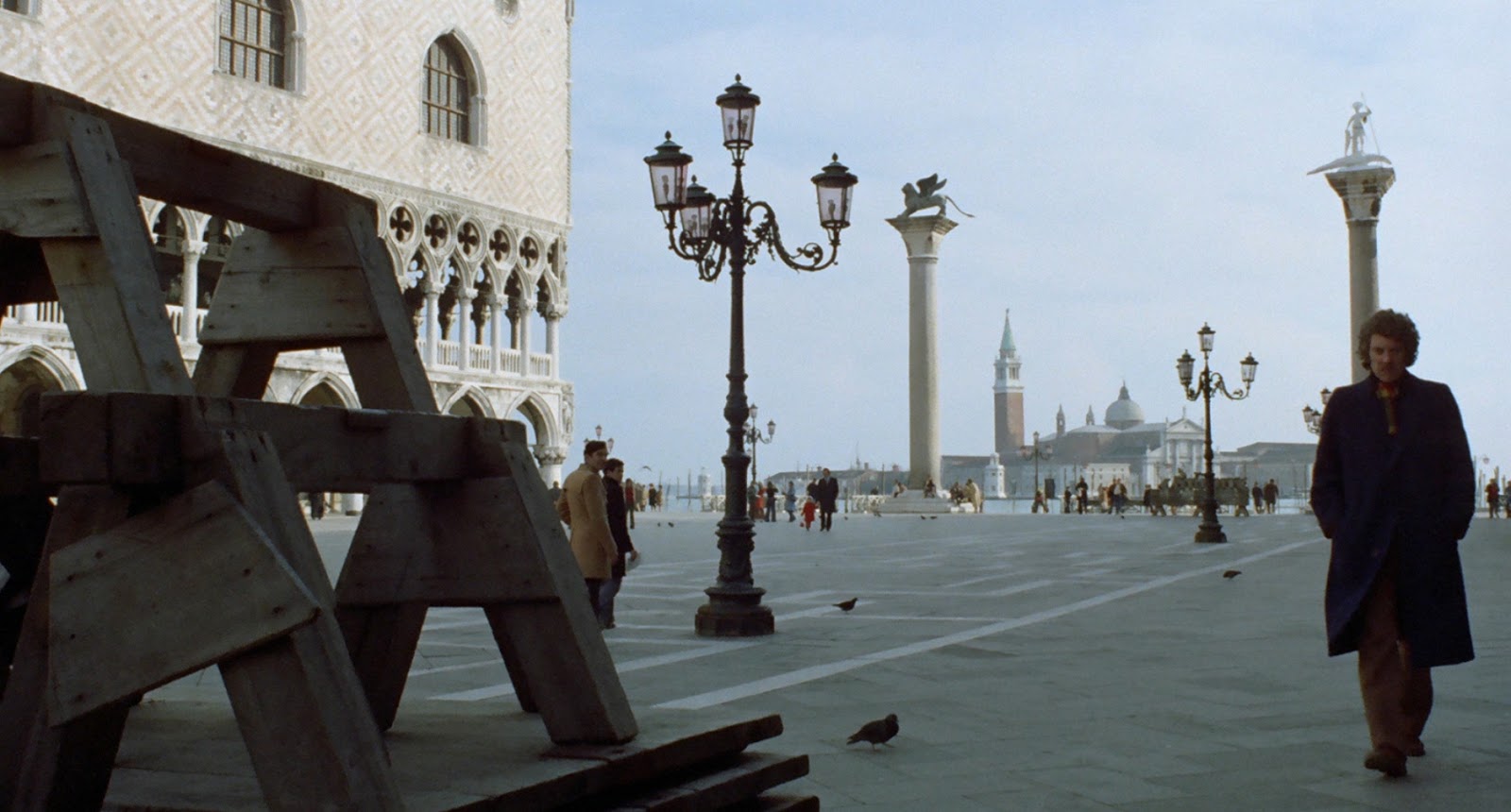
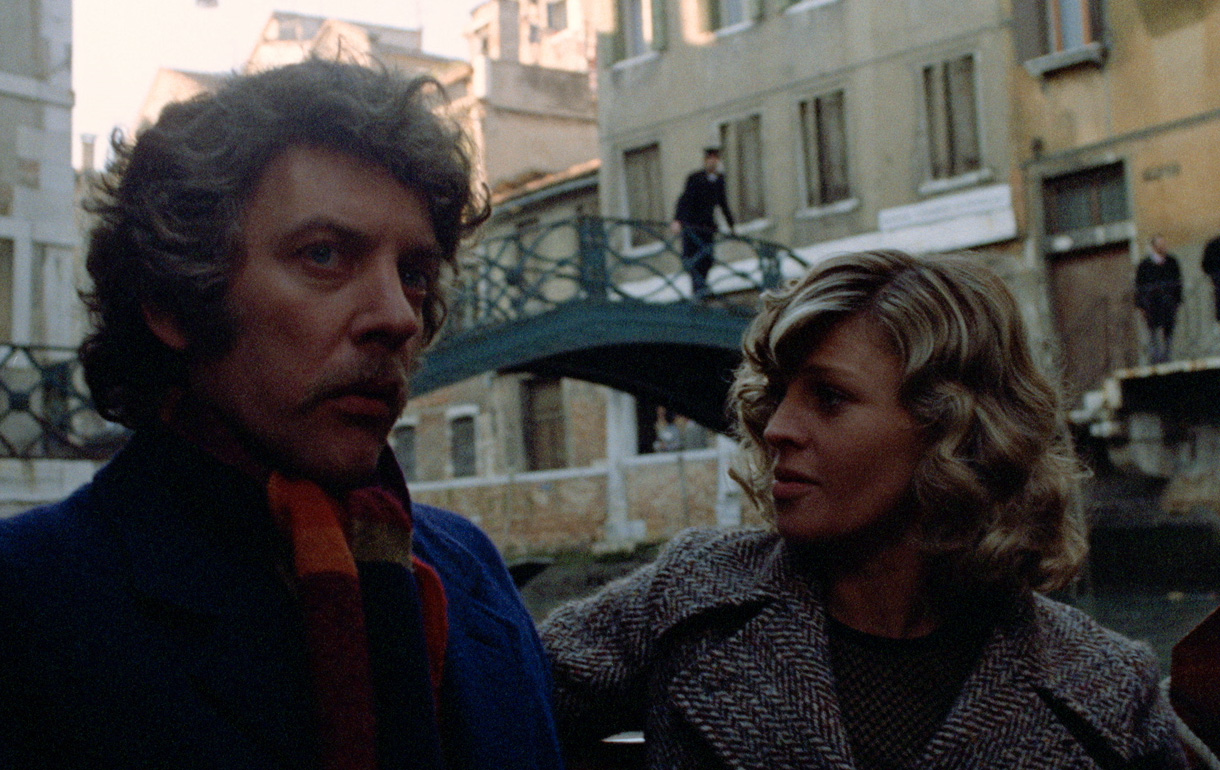
Regarding his exceptional creative relationship with Roeg, “On top of that we were great friends,” Richmond would later note. “It’s wonderful having a collaboration with a director when you not only admire their artistry and vision but you also really admire them as a person.”
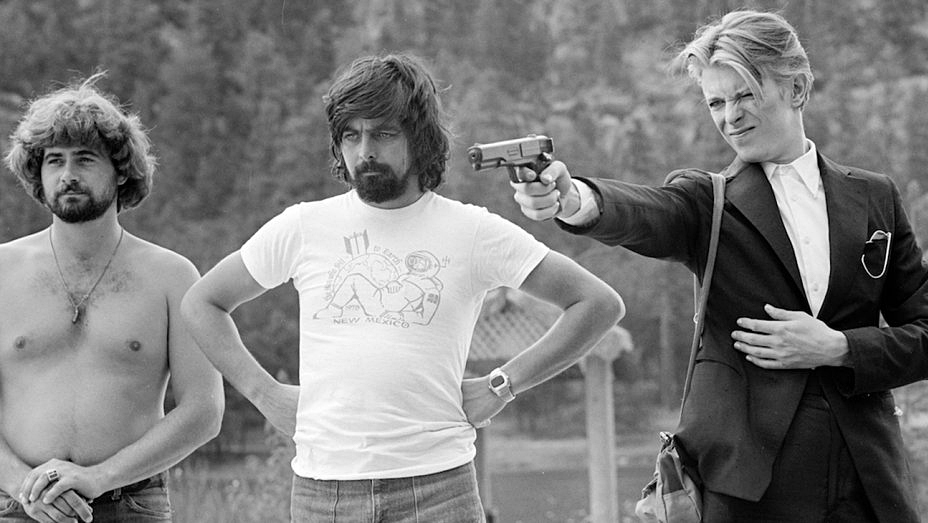
Working in England during the 1960s and 1970s also brought Richmond into contact with the cream of the music world, including The Beatles (Let It Be), The Rolling Stones (Sympathy For The Devil) and The Who (The Kids Are Alright). Collaborating again with Roeg, Richmond focused his camera on David Bowie in the sci-fi fable The Man Who Fell To Earth to provide the rocker with his most iconic screen appearance — that of an alien who comes to our planet in order to save his own.

“David was naturally a very beautiful young man, so I didn’t need to use any special lighting,” Richmond later described. "He was a rather ethereal character anyway, and he was perfectly cast in that movie.”
Richmond supervised the new 4K restoration of the film that will be screened at the Aero Theater.
Richmond’s other credits include Roeg’s Bad Timing, as well as such diverse projects as The Eagle Has Landed, The Greek Tycoon, Bastard Out of Carolina, The Indian Runner, The Sandlot, Rough Riders, Legally Blonde and Just Friends. He was recently named faculty chair of the cinematography department at the New York Film Academy - Los Angeles.
Richmond will appear in person at the Aero Theater for discussions following the screenings of The Man Who Fell To Earth on Feb. 10 and Don’t Look Now on Feb. 11. You’ll find complete programming details here.
